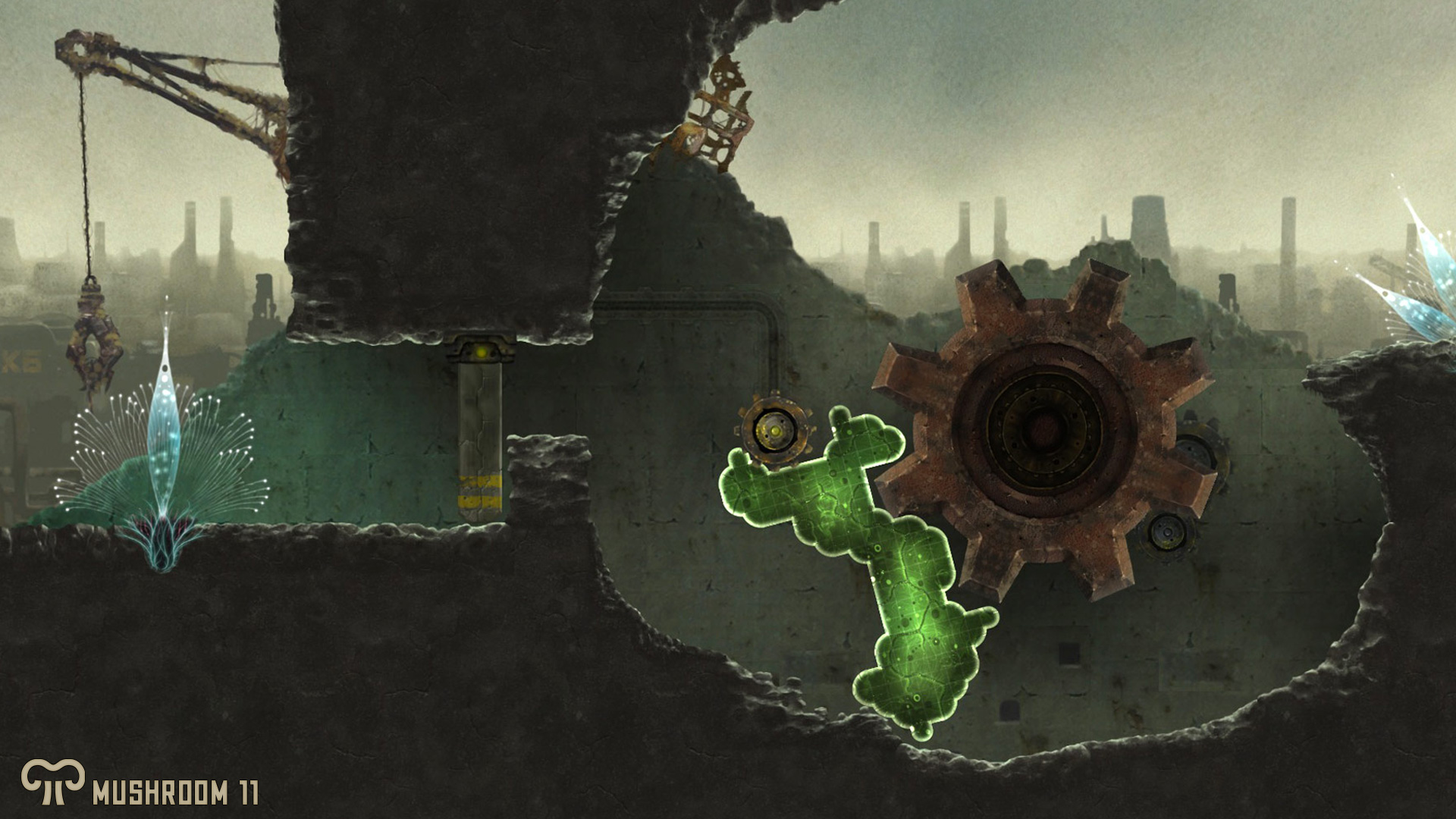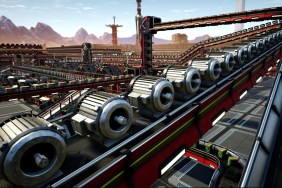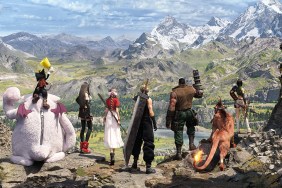Don't worry about Mushrooms 1-10, Mushroom 11 will do just fine.
Games often explore the human psyche in post-apocalyptic worlds, but what about the life of an amorphous organism? Mushroom 11 shifts the focus to a giant green blob as it travels through dilapidated environments, and though the game appears simple on the surface, it reveals layers of complexity synonymous with fantastic puzzle platformers. The core principle of cell reformulation takes some getting used to, but once players overcome the initial learning curve, a compelling adventure awaits.
Mushroom 11 wastes no time—players jump right into chapter one with no mention of backstory or narrative. The game builds its personality through art design, which appears to hint at some kind of end-of-the-world scenario. Nevertheless, the core mechanic of the amorphous organism and its movement exists as the main draw of Mushroom 11. Players use the mouse to remove cells from the organism, which then appear on the other side of it. Doing so at a rapid pace results in a rush of momentum that allows the organism to move along the environment. The controls feel a bit awkward at first, and thus Mushroom 11 takes a little while to truly grab the player's attention. That patience is rewarded, though.
The initial chapters appear straightforward, but that's not to say they're a walk in the park. The mechanic of removing cells so they appear on the other side provides all kinds of opportunities for mistakes and blunders. I had to cross my fair share of lava and poison pits, and let's just say I took a few too many tumbles along the way. I didn't always feel like it was my fault, but once I familiarized myself with the controls, those mistakes slowly started to disappear. Despite some frustrations along the way, it's a case of practice makes perfect.
Eventually Mushroom 11 becomes even more complex, and the platforming aspect of the game transitions into a series of puzzle elements. At that point, it's about executing on an idea rather than executing in general. After a few chapters, I started wracking my brain to get past a bunch of obstacles, whether it involved hitting multiple switches at once to open a door or splitting the organism in two to bypass a seesaw contraption. The gradual introduction of more complex obstacles works in the game's favor, even though there are spots that felt a bit too challenging at times given the game's controls.
Each chapter in Mushroom 11 culminates in a boss fight, and they provide a nice change of pace from the slow and methodical levels that lead up to them. Although bosses attack the organism, death is never really a threat. Instead, they often stand as a test of platforming skills, such as the first one in which players must circumvent a creature's wildly swinging legs to reach a series of weak points. Another one involves using the organism as a platform of sorts to launch bombs up to the boss' weak points. There are some clever ideas on display in each boss fight, and the inventiveness helps compensate for the lack of challenge on a few of them.
There's not much else to Mushroom 11 beyond the core movement mechanic, but the game is confident in its limited scope. It allows the simple and innovate control scheme to take center stage, and though it requires both patience and practice, it contributes greatly to the novelty of the puzzle platformer experience. If players fall into a few lava pits along the way, so be it. At least an overwhelming sense of accomplishment awaits the green organism at the end of each chapter.
-
Innovative and intuitive movement controls
-
Controls don't always feel great
-
Later levels require more thinking
-
Boss fights
-
Post-apocalyptic art style
-
Some difficulty spikes
Mushroom 11
-
Mushroom 11 #1
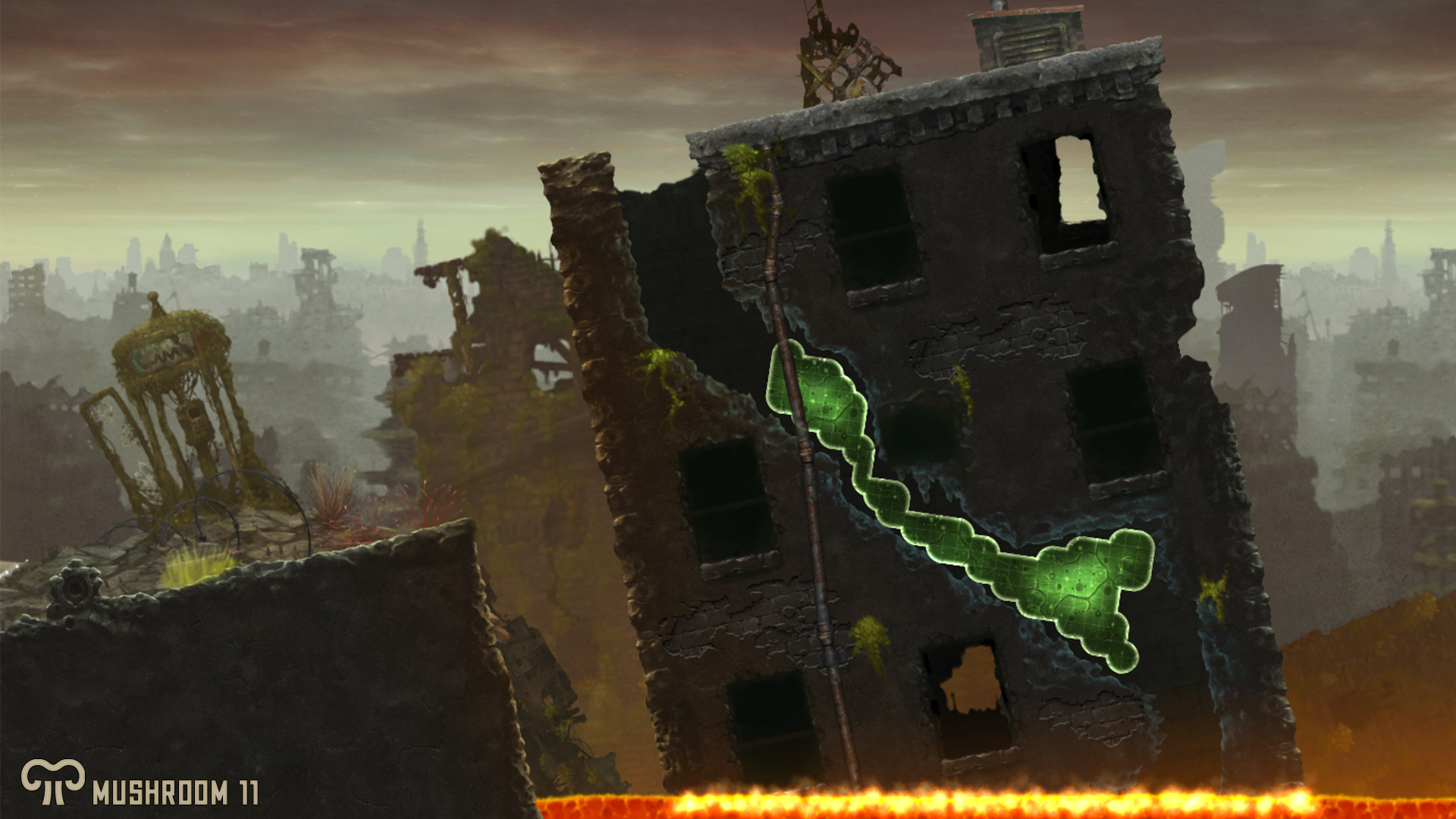
-
Mushroom 11 #2
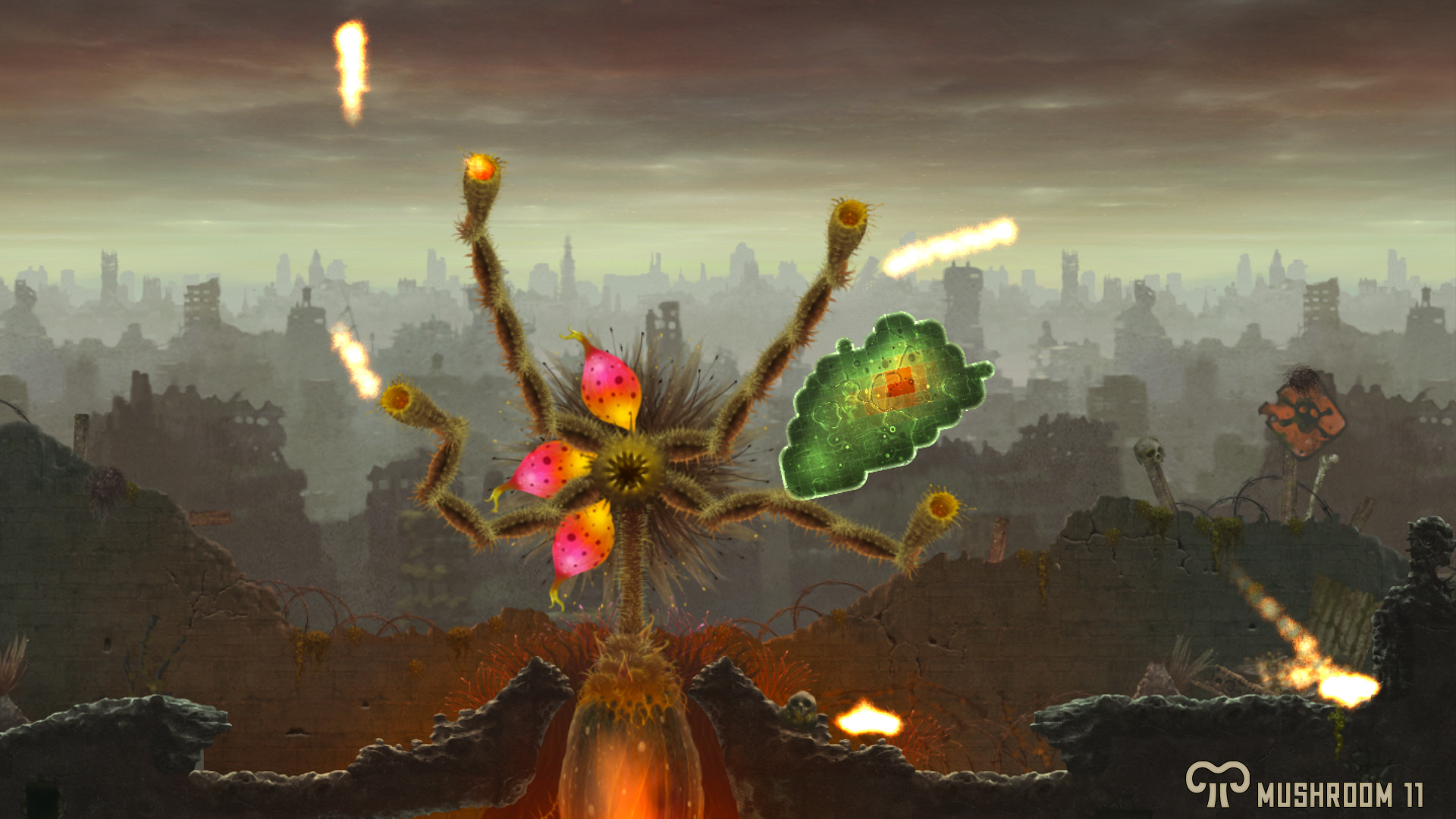
-
Mushroom 11 #3
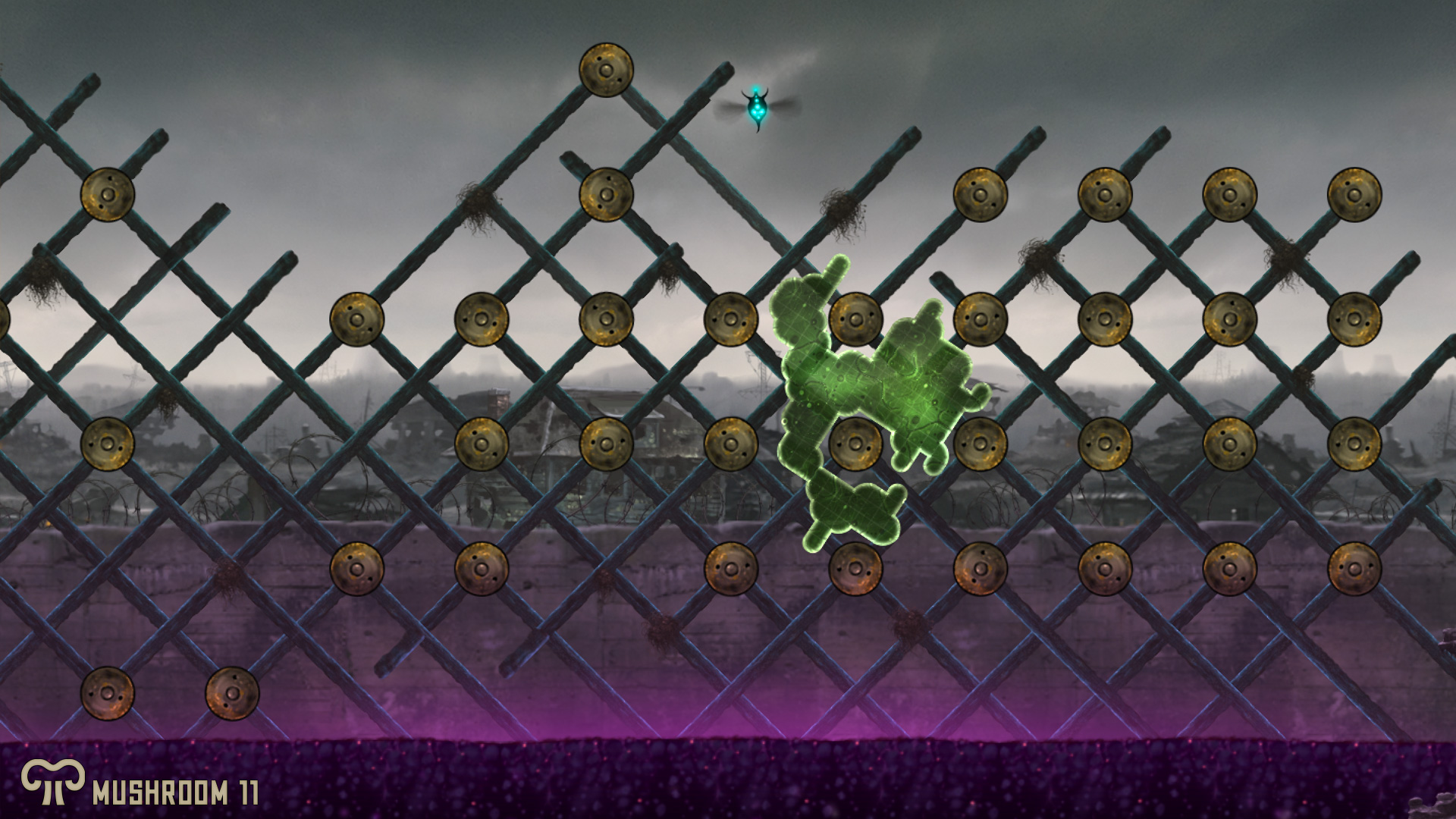
-
Mushroom 11 #4
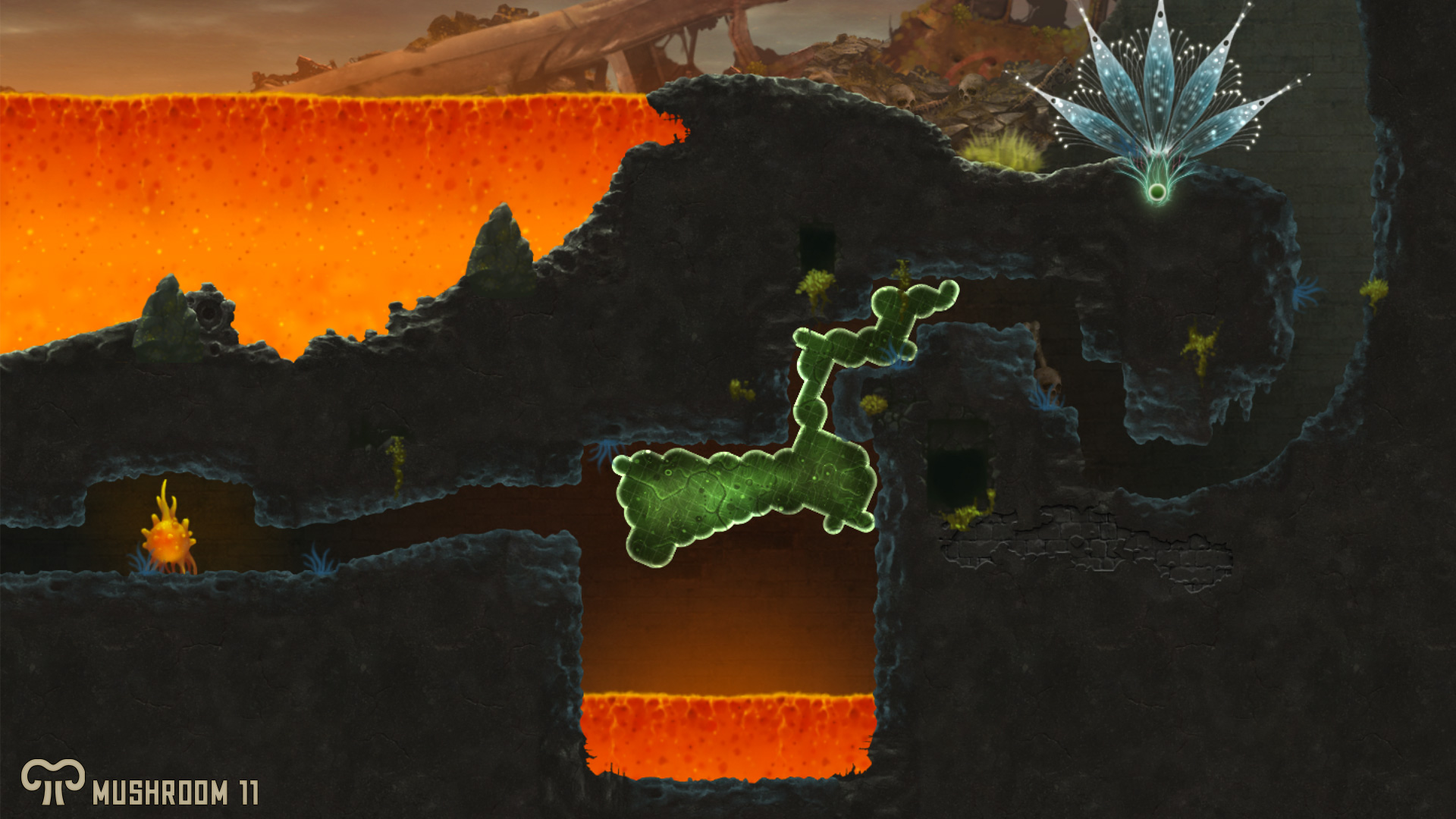
-
Mushroom 11 #5
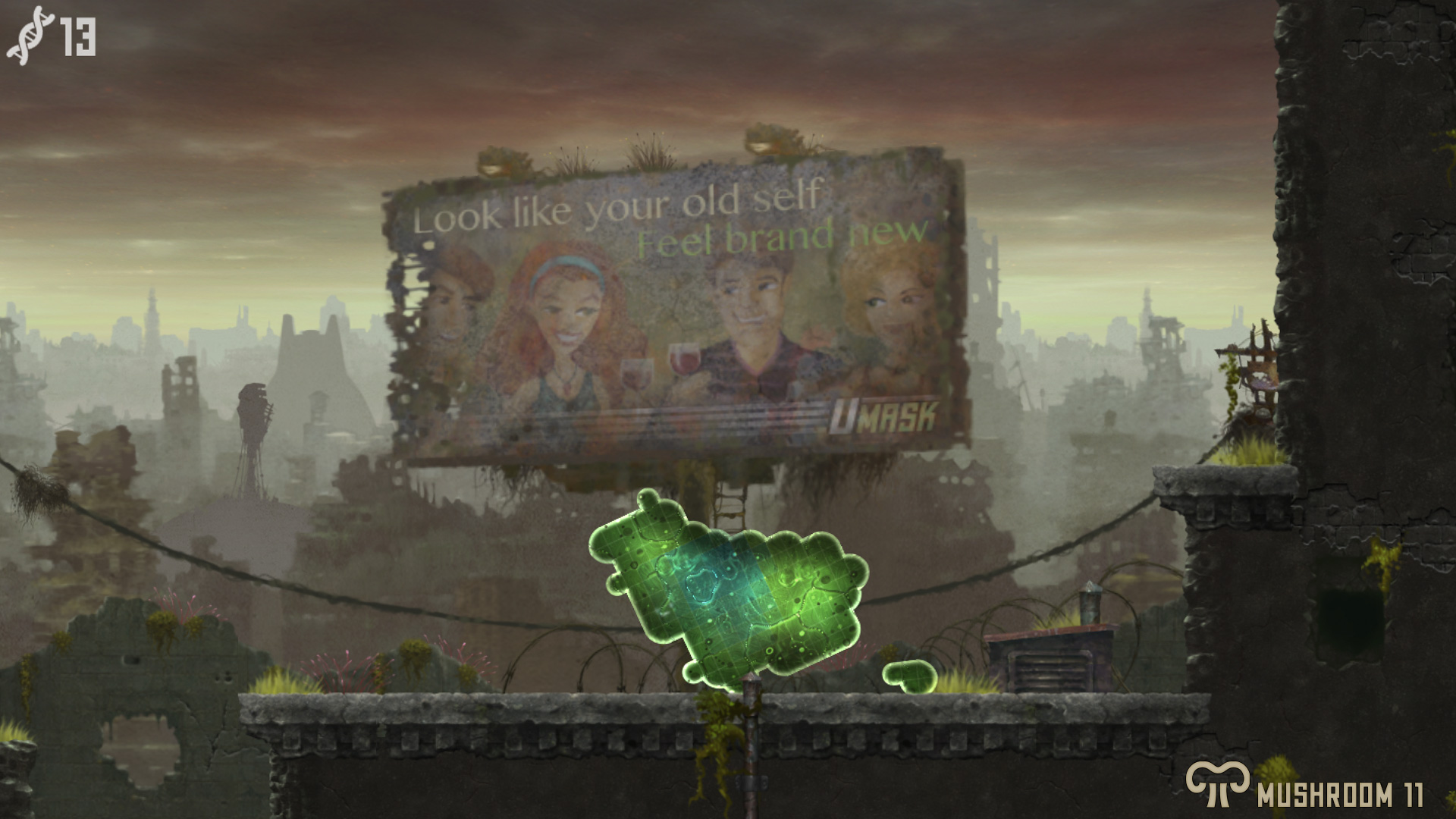
-
Mushroom 11 #6
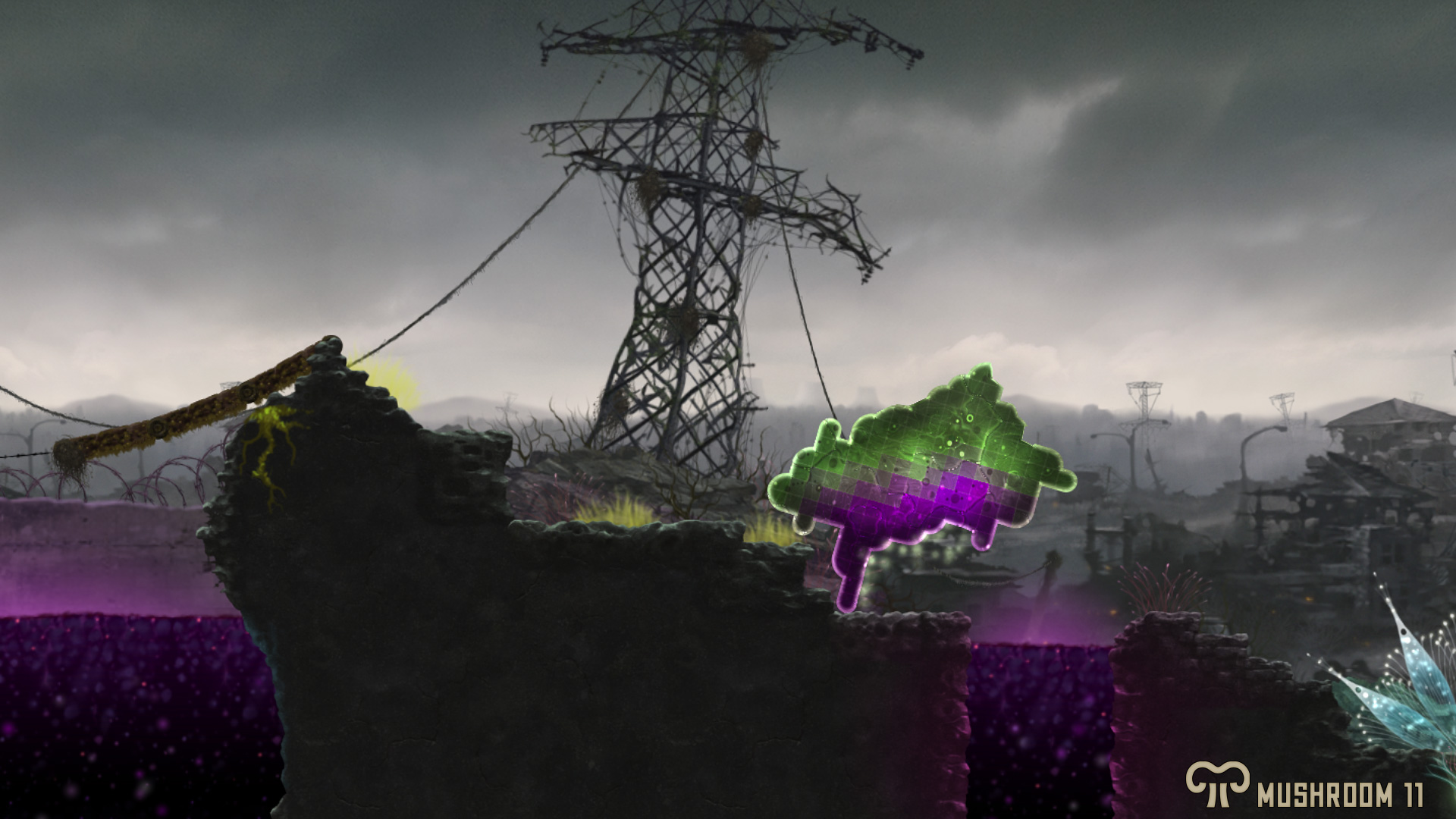
-
Mushroom 11 #7
